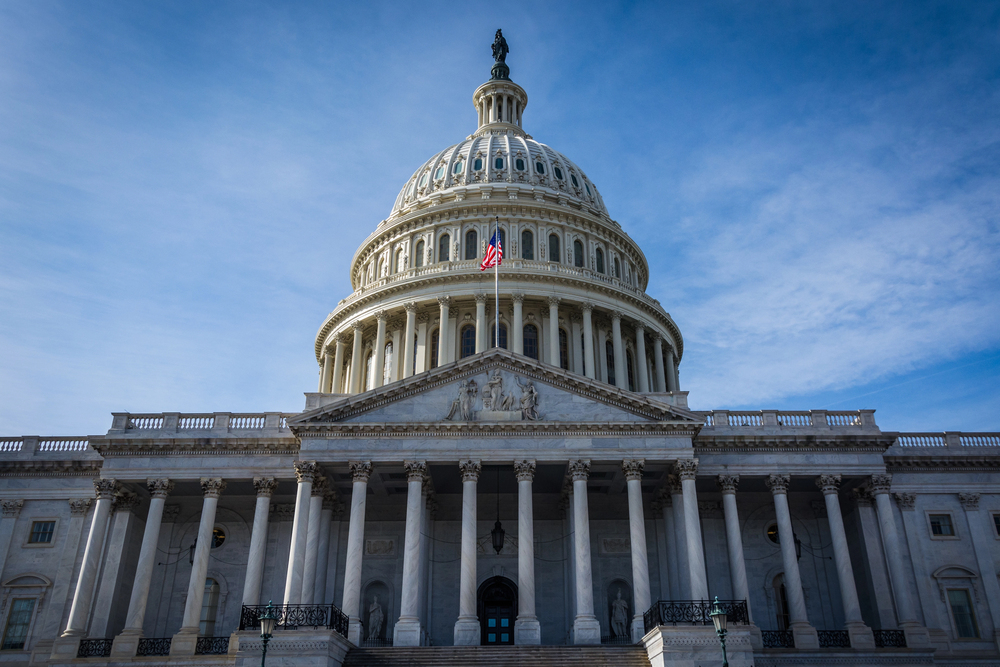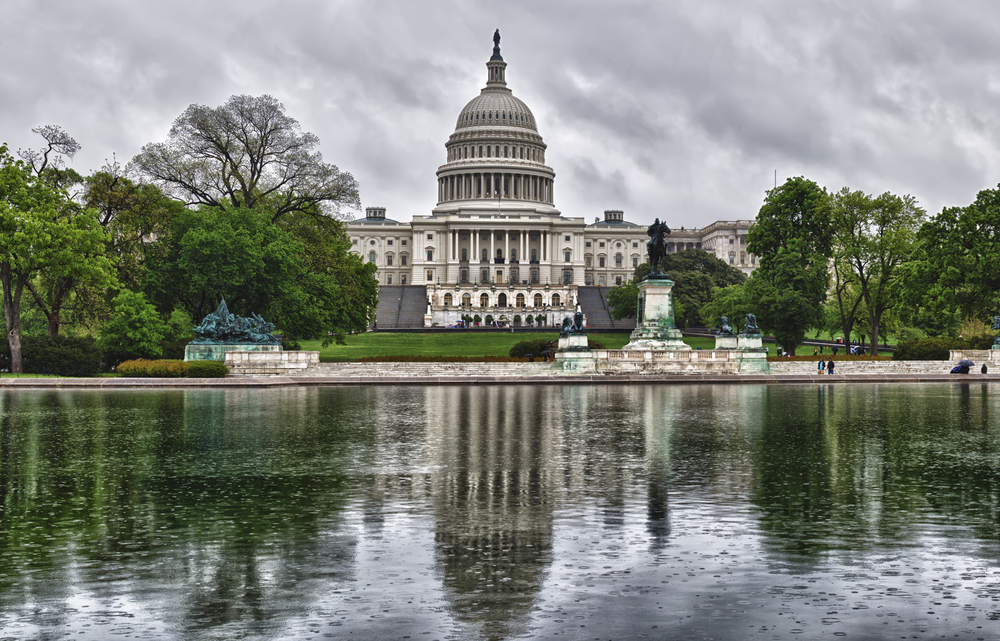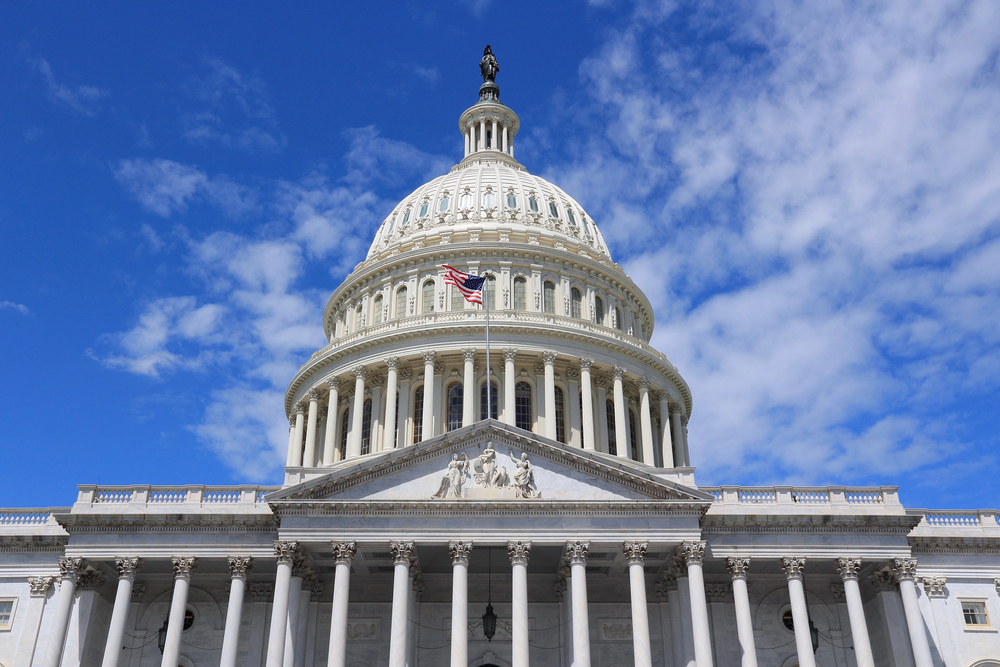Legislation to Delay Risk Rating 2.0 Introduced in the House

By: Wyatt Stewart
Earlier this month, Reps. Kathleen Rice (D-New York) and Andrew Garbarino (R-New York) introduced H.R. 2995, the “National Flood Insurance Program Reporting on Impact to Seaboards and Counties (NFIP RISC) Act” in the U.S. House of Representatives. This legislation stems from their concerns with FEMA’s proposed Risk Rating 2.0, which would change how NFIP rates are calculated.
Risk Rating 2.0 will use new methodologies that take advantage of industry best practices and new technology in a way that FEMA believes will allow it to deliver rates that are actuarily sound, more equitable, easier to understand and better reflect a property’s individual flood risk. Practically speaking, this means that some NFIP policyholders will see decreases in price, some will stay the same and some will see increases. The fact that some policyholders will see increases is concerning to some members of Congress who represent those policyholders.
Risk Rating 2.0 is scheduled to be implemented starting in October 2021 for new policies and starting in April 2022 for renewals.
H.R. 2995 would effectively delay the implementation of Risk Rating 2.0 by requiring FEMA to release a comprehensive impact analysis of new flood insurance rates at least six months before any changes can be made to the NFIP. Additionally, the bill would prohibit any changes to FEMA’s flood-risk assessment methodology during, or within six months following, the COVID-19 emergency declaration.
The Big “I” believes that Risk Rating 2.0, if properly implemented, has the potential to improve the NFIP experience for agents and consumers, but the rollout of the program will be critical in determining the success of the effort. As FEMA continues to provide more information regarding Risk Rating 2.0, we will continue to provide members with updates in the weekly News & Views e-newsletter.
Wyatt Stewart is Big “I” assistant vice president of federal government affairs.










